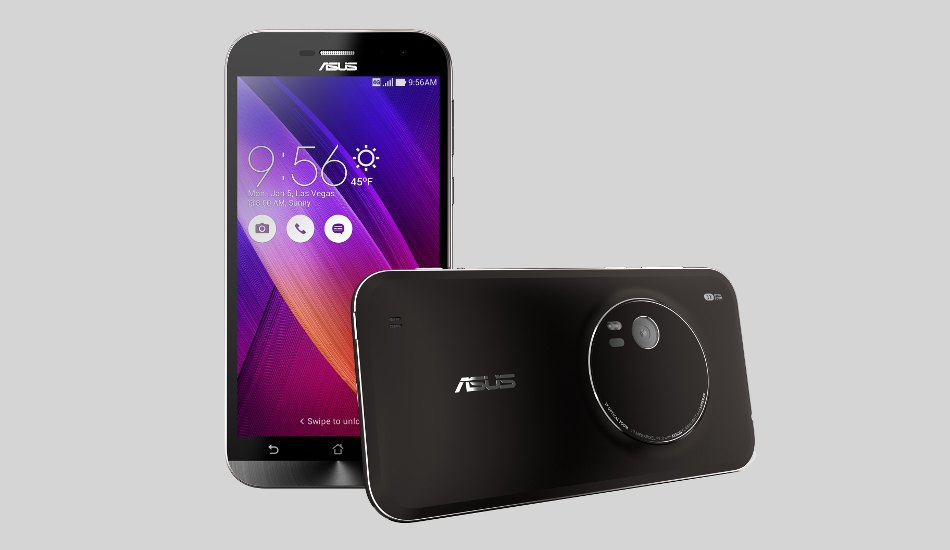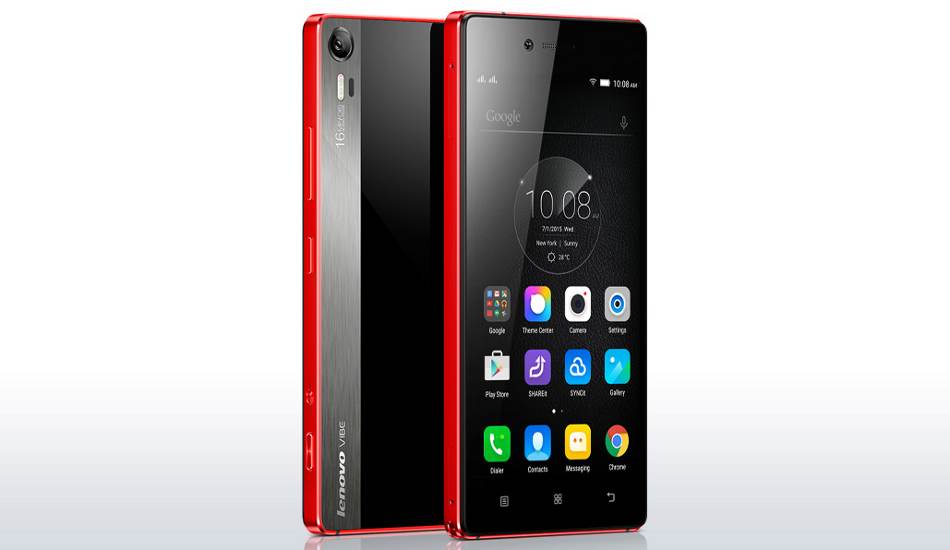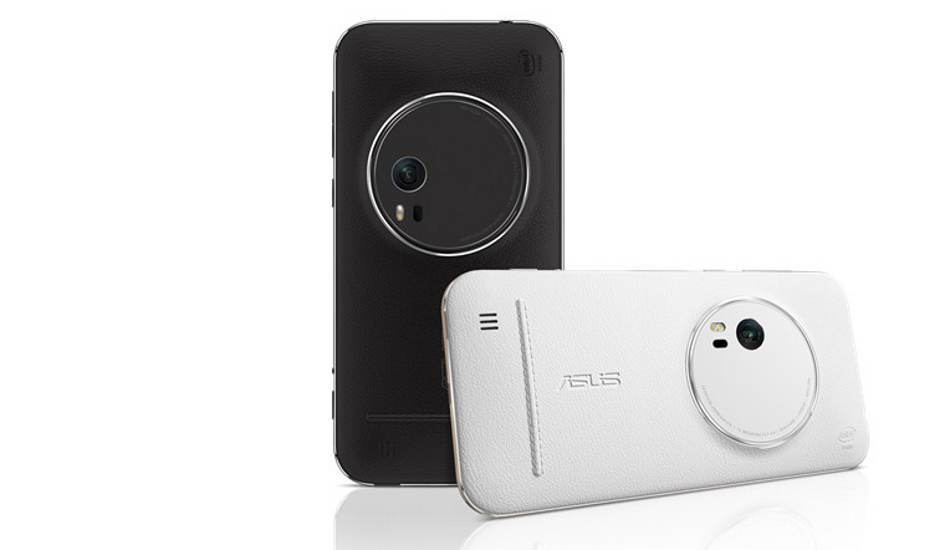
It will depend a lot on the price of Zenfone Zoom which will decide its fate in India.
Asus will launch the Zenfone Zoom today in India and it'll be competing with another heavy duty camera phone, the Lenovo Vibe Shot.
So let's check which one of the two is the better value for money device.
Because both the smartphones are promoted as camera smartphones, they come with unique design elements to push the message further. In Zenfone Zoom, you will see a huge circular shaped camera unit in the back like one in Lumia 1020. On the other hand, the Lenovo Vibe Shot has a horizontal patch in the back panel that makes it look like a point and shoot camera.
The Vibe Shot has a glass and metal design that gives it an aristocratic look and feel but makes it quite slippery. Thankfully, Lenovo is offering a transparent cover for the phone which offers a good grip without hampering its look much.
The Asus Zenfone Zoom has a faux leather back panel and its back cover is removable. Both the phones have broad side panels but the Zenfone Zoom has curved side panels and hence would offer better grip. Since the Asus phone has a plastic body, it doesn't attract fingerprints and smudges like the Vibe Shot.

Apart from the regular power, volume rocker, micro USB port and 3.5 mm jack, both the phones have dedicated camera button. In the Lenovo phone, the camera key allows users to switch between manual and pro modes. And I guess that in Zenfone Zoom, the camera does the same thing but we cannot confirm the same at this point of time (we will confirm its usage later today in its First Cut article).
In terms of figures, the Asus Zenfone Zoom measures 158.9 x 78.8 x 5 ~ 11.95 mm, and weighs 185 grams. The Lenovo Vibe Shot measures 142 x 70 x 7.3 mm, and weighs 145 grams.
As I said in its review as well, the Vibe Shot has a beautiful 5 inch display. Its touchscreen has superb full high definition resolution, thus offering huge 400 ppi pixel density and I am sure you will like watching movies and games on this phone. The screen is also quite sensitive to touches. Also, the screen has high brightness levels with which you can easily use outdoors. The screen is protected by Corning Gorilla Glass 3.
The Asus Zenfone Zoom has a bigger 5.5 inch IPS display but with the same 1920 x 1080 pixels resolution. This too is protected by Corning Gorilla Glass 4 as well as has anti-fingerprint coating too.
The Asus Zenfone Zoom runs an Intel Atom Z3580 quad-core processor clocked at 2.3 GHz, which runs with 4 GB of RAM. There is another version of the phone with Intel Z3590 quad core processor. It is not clear as of now about which version will be launched in India.

On the other hand, the Lenovo Vibe Shot too has a 1.7 GHz, 64 bit Snapdragon 615 octa-core processor and 3 GB of RAM. As we told in the review as well, the combination allows it to work smoothly and run high end games like Nova 3. Comparatively though the Zenfone Zoom looks much better with its higher RAM and it should not have issues playing high end games either.

Storage wise too the Zenfone Zoom looks much better with 64 GB internal storage and a 128 GB micro SD card slot. The Lenovo Vibe Shot too has 128 GB expandable storage capacity but offers 32 GB internal memory.
The Lenovo Vibe Shot runs on Android Lollipop, with Vibe UI on top of it. The Asus Zenfone Zoom also runs on Android Lollipop, with Asus' Zen UI on top of it.
Both the phones come with 3000 mAh battery. During our review, the Vibe Shot used to offer about a day's back up with ease. Unfortunately, Asus has not revealed the battery back up of Zenfone Zoom but due to its bigger display, the Zoom may offer lesser back up. But this is just our speculation.
I have talked in detail about Lenovo Vibe Shot's camera capability. Its 16 megapixel rear camera has infrared auto focus, 6 piece lens, optical image stablisation, and a BSI sensor. It ha an 8 megapixel front camera. Both the cameras are quite powerful and offered desired output.
The Asus Zenfone Zoom has a 13 megapixel primary shooter that comes with features like laser autofocus, 3X optical zoom, 10P Hoya lens, optical image stabilisation, dual-tone LED flash, geo-tagging, touch focus, face detection, panorama, and back light HDR. It too offers a pro mode and for selfies, the phone has a 5 megapixel camera in its front.
Spec for spec, the Lenovo Vibe Shot seems to be the winner of this round but we will wait for a real world test to announce the winner of this round.
As per the listing on Asus's product page, the Zenfone Zoom has only one SIM card slot. It offers 4G connectivity, WiFi (a/b/g/n/ac), Bluetooth 4.0, NFC, micro USB port, and GPS with A-GPS and GLONASS.
The Lenovo Vibe Shot has two SIM card slots and offers 4G connectivity too. It has the WiFi (b/g/n), Bluetooth 4.1 LE, micro USB port and GPS with A-GPS.
The Asus Zenfone Zoom has a larger screen, a faster processor, more RAM, storage, and marginally better connectivity. Reportedly, it will be priced at about Rs 29,000 which is much higher than Vibe Shot's current market price of about Rs 24,500. Thus it will depend a lot on the price of Zenfone Zoom which will decide its fate in India.
No comments:
Post a Comment